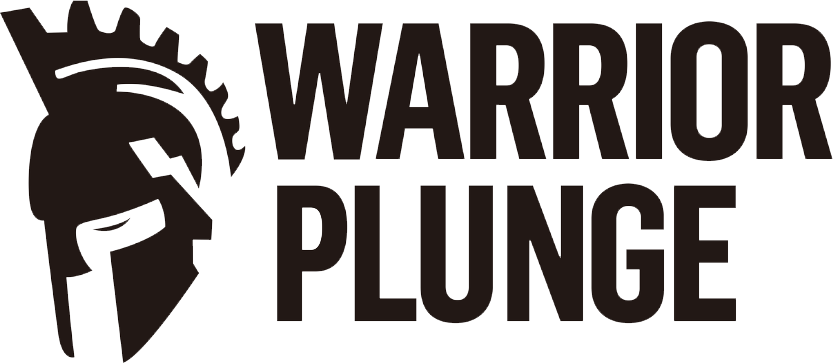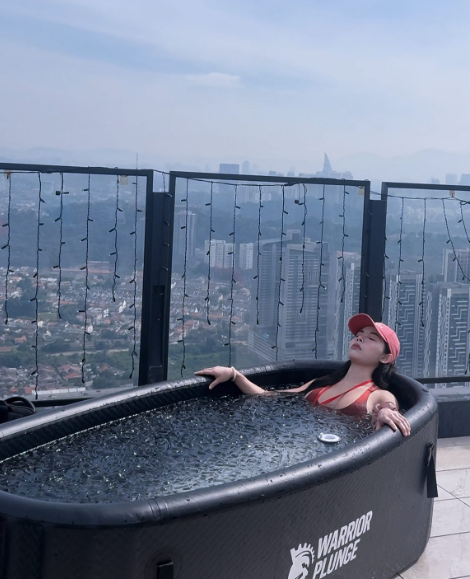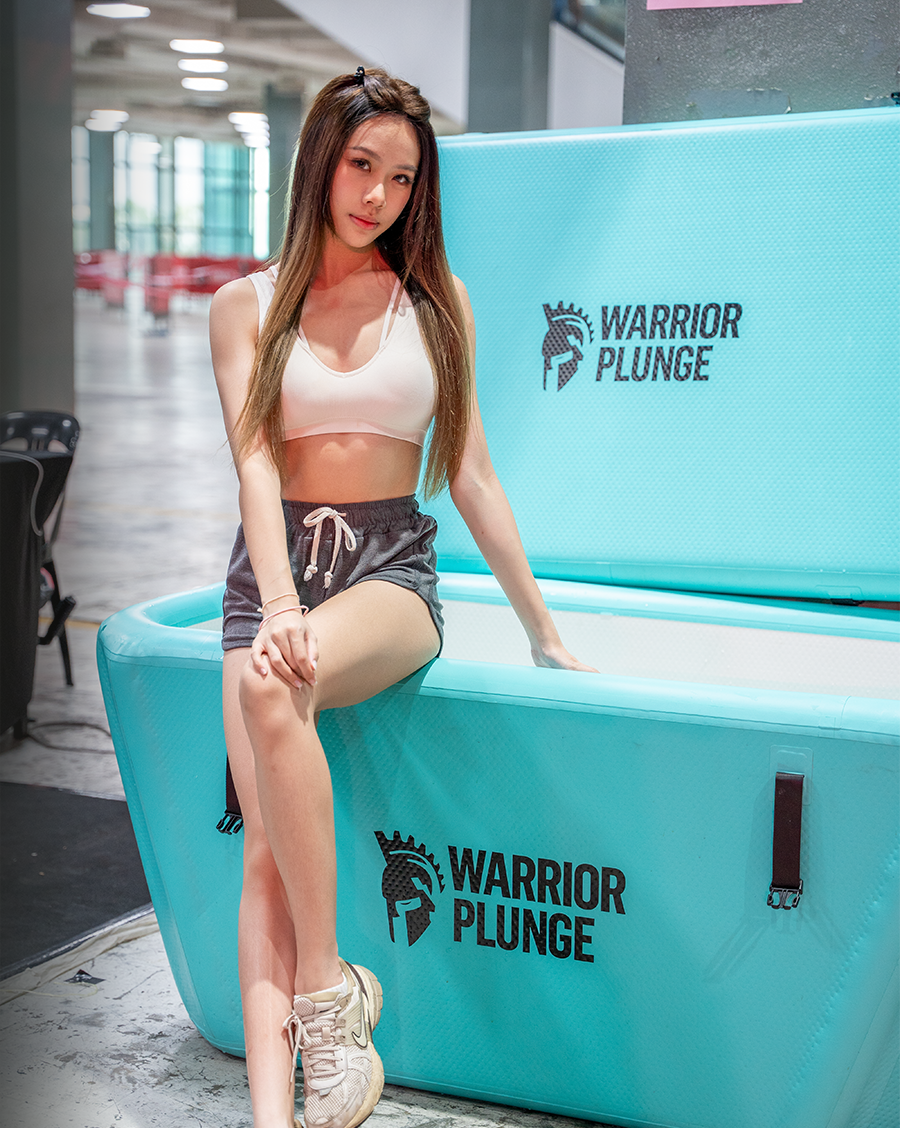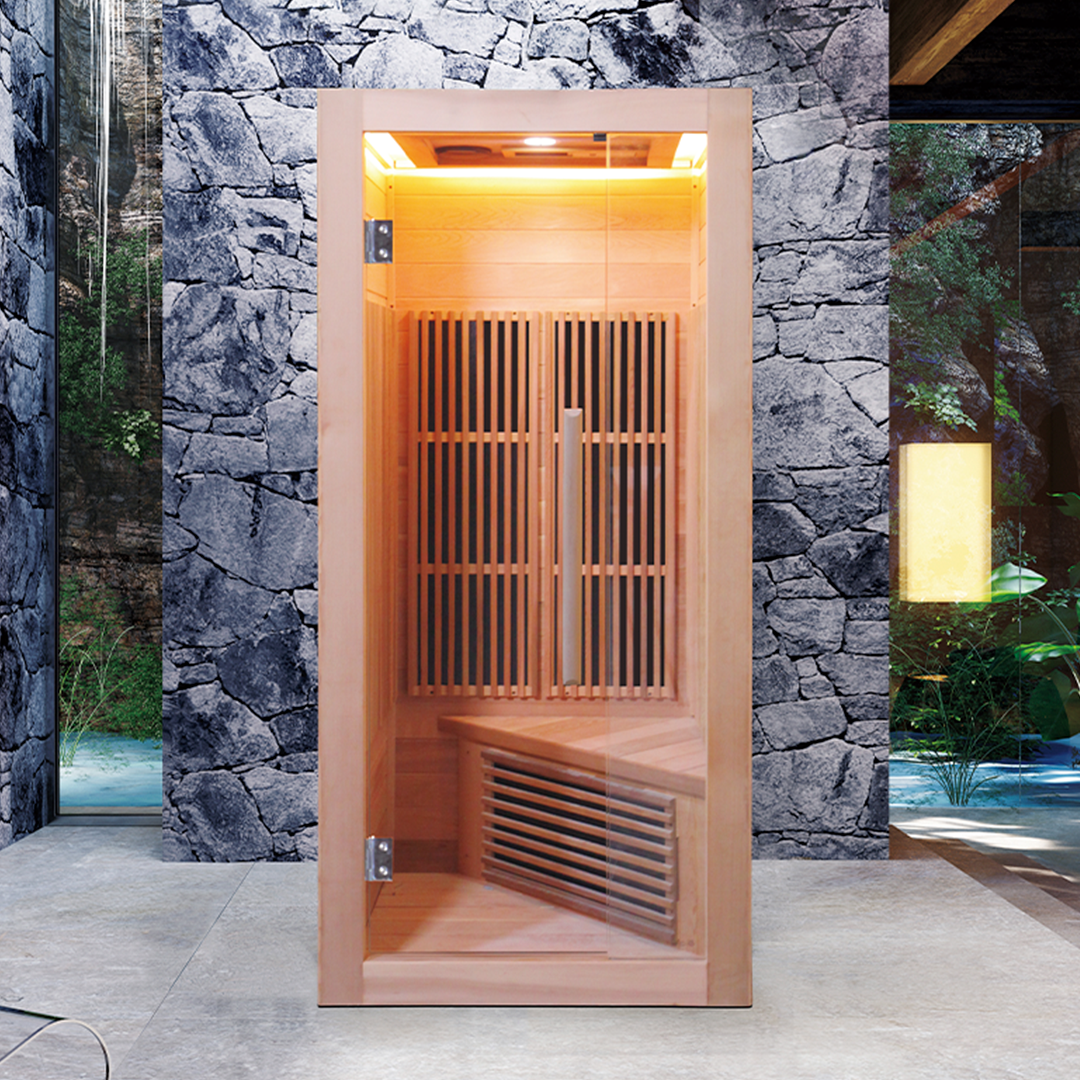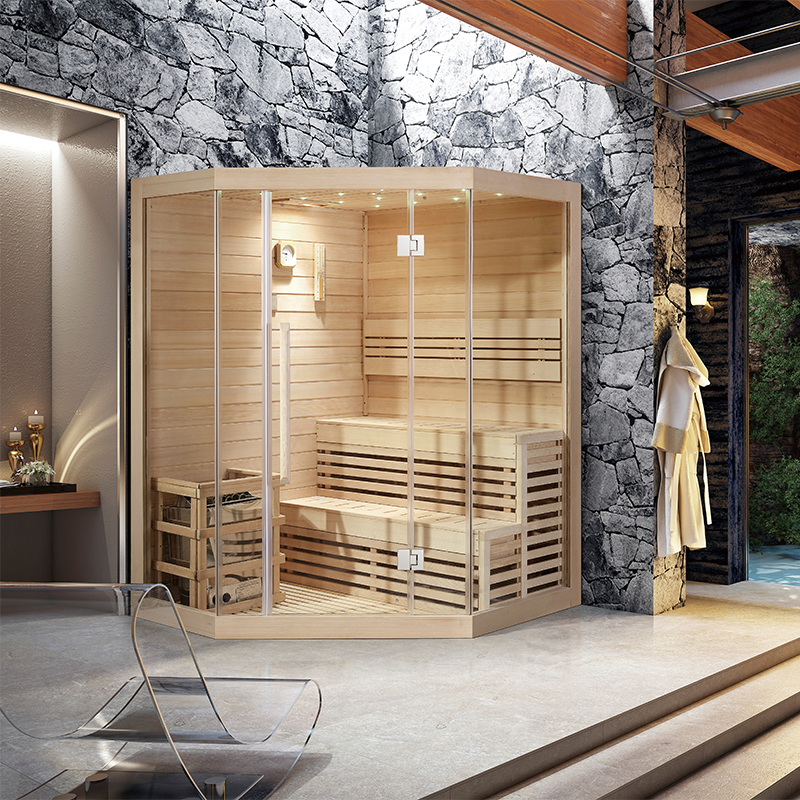Key Takeaways
- Optimal temperature range: 10–15°C (50–59°F) balances maximum recovery benefits with safety
- Beginner-friendly start: 15–18°C for 5–10 minutes, gradually progressing to target range
- Safe duration limits: 5–15 minutes maximum; never exceed 20 minutes regardless of temperature
- Strategic timing matters: Use after high-intensity training, avoid immediately post-strength workouts
- Temperature precision: Digital monitoring essential for consistent results and safety
- Progressive approach: Decrease temperature by 1°C weekly for safe adaptation
- Professional equipment: Chiller-controlled systems eliminate guesswork and ensure consistent therapeutic temperatures
Introduction
The ideal ice bath temperature is 10–15°C (50–59°F) for most users—striking the perfect balance between powerful recovery benefits, soreness reduction, and safety. This precise temperature range delivers maximum therapeutic value without the risks associated with extreme cold exposure.
Quick answers to common questions:
- What temperature should an ice bath be? 10–15°C for athletes; beginners should start at 15–18°C
- How long to stay in? 5–15 minutes for optimal benefits without blunting strength gains
- Key benefits: Reduced muscle soreness, faster recovery, enhanced mood, and immune system support
Whether you're a weekend warrior or professional athlete, this comprehensive guide will help you determine your ideal ice bath temperature, duration, and integration strategy. By the end, you'll have everything needed to maximize recovery while using Warrior Plunge's precision-controlled cold therapy systems.
What's the Optimal Ice Bath Temperature?
Recommended Temperature Ranges
For Athletes & Experienced Users:
- 10–15°C (50–59°F) – The gold standard for athletic recovery
- Provides maximum anti-inflammatory benefits
- Optimal for post-competition and high-intensity training recovery
For Beginners:
- 15–18°C (59–64°F) – Gentle introduction to cold therapy
- Gradually decrease by 1°C per week until reaching the 10–15°C range
- Allows adaptation while minimizing shock and discomfort
Temperature Extremes: What to Avoid
Too Cold (Below 10°C):
- Significantly increases hypothermia risk
- May blunt muscle hypertrophy and strength gains
- Only appropriate for very brief exposures (3-5 minutes maximum)
Too Warm (Above 18°C):
- Dramatically reduces therapeutic efficacy
- Minimal anti-inflammatory response
- Won't provide meaningful recovery benefits
The 10–15°C range represents the "sweet spot" backed by research—cold enough to trigger powerful physiological responses while remaining safe for extended sessions.
How Long to Sit in an Ice Bath?
Duration Guidelines by Experience
|
Experience Level |
Temperature |
Duration |
Purpose |
|
Beginner |
15–18°C |
5–10 minutes |
Building tolerance |
|
Intermediate |
12–15°C |
8–12 minutes |
General recovery |
|
Advanced |
10–12°C |
10–15 minutes |
Maximum benefits |
|
Extreme Cold |
4–8°C |
3–5 minutes |
Mental challenge only |
Important Safety Limits
- Maximum safe duration: 20 minutes, regardless of temperature
- 30-minute sessions: Dangerous—significantly increases hypothermia risk
- Very cold water (4°C): Limit to 3–5 minutes maximum, experienced users only
Ice Bath Temperature & Time Chart: Quick-Start Reference
|
Temperature |
Duration |
Best For |
Safety Notes |
|
15–18°C / 59–64°F |
10–15 min |
Beginners, daily recovery |
Low risk |
|
10–15°C / 50–59°F |
5–15 min |
Athletes, post-workout |
Avoid after heavy resistance training |
|
4–8°C / 39–46°F |
3–5 min |
Experienced users only |
High hypothermia risk |
Why Temperature Matters: Benefits & Risks
Recovery & Performance Benefits
Muscle Recovery:
- Reduces delayed onset muscle soreness (DOMS) by up to 50%
- Lowers creatine kinase (CK) and lactate levels compared to passive recovery
- Decreases inflammatory markers like IL-6 and TNF-α
Performance Enhancement:
- Improves short-term power recovery after intense sessions
- Maintains training capacity during heavy competition periods
- Speeds return to baseline performance metrics
Long-Term Health & Wellness Benefits
Physiological Adaptations:
- Enhanced circulation and cardiovascular health
- Strengthened immune response and reduced illness frequency
- Improved sleep quality and circadian rhythm regulation
- Natural mood enhancement through endorphin and dopamine release
Mental Resilience:
- Builds stress tolerance and mental toughness
- Improves emotional regulation and anxiety management
- Develops discipline and discomfort tolerance
Important Considerations
Potential Drawbacks:
- May blunt strength and hypertrophy gains when used immediately after resistance training
- Can interfere with muscle protein synthesis if timed incorrectly
- Risk of overuse leading to immune suppression
Safety Risks:
- Hypothermia, especially below 10°C for extended periods
- Cardiac stress in individuals with heart conditions
- Cold shock response, particularly dangerous for those with respiratory issues
Common Questions: Expert Answers
Is 6°C too cold for an ice bath?
Yes, for most people. This temperature is extreme ice-plunge territory suitable only for advanced practitioners with extensive cold exposure experience. Limit exposure to 3–5 minutes maximum.
Is a 10°C ice bath good?
Absolutely. This sits in the optimal 10–15°C range proven most effective for reducing soreness and enhancing recovery. Studies consistently show this temperature provides maximum benefits with manageable discomfort.
What does a 2-minute ice bath do?
A brief 2-minute session provides an immediate alertness and circulation boost but won't significantly impact muscle soreness or recovery. For therapeutic benefits, aim for 5–15 minutes.
Is a 40-degree ice bath safe?
40°F (approximately 4°C) is very cold and should be limited to 3–5 minutes maximum. Only attempt this temperature if you're an experienced practitioner with proper supervision.
Ice bath protocols for women
Same protocols apply universally. However, women with cold sensitivity should approach temperature progression more gradually and monitor their responses carefully. Individual tolerance varies more than gender-based differences.
Control & Monitor Your Temperature
Achieving Target Temperatures
Ice-to-Water Ratios:
- 3:1 water-to-ice ratio typically reaches 10–15°C within 10 minutes
- Start with less ice and add gradually to fine-tune temperature
- Account for ambient temperature and tub insulation
Professional Solutions:
- Built-in chillers like Warrior Plunge Ice Bath systems offer precise thermostat control
- Automated temperature maintenance eliminates guesswork
- Safety limit programming prevents dangerous extremes
Essential Monitoring Tools
Temperature Measurement:
- Floating digital thermometers for real-time readings
- External probe thermometers for accuracy
- Smart plunge units with integrated monitoring
Session Management:
- Precise timers for 5/10/15-minute intervals
- Visual countdown displays to maintain focus
- Audio alerts for safe exit reminders
Progressive Temperature Strategy
- Week 1-2: Start at 16-18°C, focus on building routine
- Week 3-4: Drop to 14-16°C, extend duration gradually
- Month 2+: Reach target 10-15°C range based on goals
- Ongoing: Fine-tune based on training demands and recovery needs
Integrating Ice Baths Into Your Recovery Routine
Strategic Timing Guidelines
Optimal Use Cases:
- Post high-intensity training: Ideal for reducing soreness and accelerating power recovery
- After competitions: Maximum recovery benefits during crucial periods
- Between training blocks: Maintain freshness during intense periods
When to Avoid:
- Immediately after strength training: May interfere with muscle hypertrophy
- During illness: Can further stress an already compromised immune system
- Before important strength sessions: May temporarily reduce power output
Weekly Integration Strategy

Example Schedule:
- Monday: High-intensity workout → 12°C for 10 minutes
- Tuesday: Active recovery or light training
- Wednesday: Strength training → Skip ice bath, use active recovery
- Thursday: Rest or light movement
- Friday: Competition/HIIT → 10°C for 12 minutes
- Weekend: Optional recovery session based on fatigue levels
Frequency Guidelines:
- 2-3 sessions per week maximum for most athletes
- Daily use only during competition periods with professional guidance
- Alternate with heat therapy for comprehensive recovery
Complementary Recovery Strategies: Contrast Therapy

Contrast Therapy Protocol:
- 15-20 minutes in sauna (70-80°C)
- 3-5 minutes in ice bath (10-15°C)
- Repeat 2-3 cycles, ending with cold
Enhancement Techniques:
- Controlled breathing during immersion improves tolerance and mental focus
- Mindfulness practices maximize psychological benefits
- Progressive muscle relaxation enhances recovery response
Professional-Grade Solutions: Warrior Plunge Systems
Why Precision Matters
Consistent Temperature Control:
- Eliminates temperature fluctuations that reduce effectiveness
- Ensures safety through automated monitoring
- Provides reliable, repeatable sessions for optimal adaptation
Advanced Features:
- Digital thermostats with 0.5°C precision
- Safety timers with automatic alerts
- Energy-efficient chillers for year-round use
Check out Warrior Plunge’s Cold Plunge Systems for precision temperature control
Complete Recovery Ecosystem:
- Seamless integration with sauna systems for contrast therapy
- Professional-grade construction for durability
- Plug-and-play setup requiring no ice or complicated installation
Check out Warrior Plunge’s Complete Contrast Therapy Solutions for comprehensive recovery
Recommended Next Steps
Your Action Plan
- Start conservative: 15–18°C for beginners, progress to 10–15°C over 4–6 weeks
- Time it right: Post high-intensity training for recovery; avoid after strength sessions
- Track results: Monitor sleep, recovery, and performance to optimize your protocol
- Invest in precision: Temperature accuracy determines success and safety
Continue Learning:
- Cold Plunge vs. Contrast Therapy Guide for advanced protocols
Conclusion: Master Your Cold Therapy Journey
The science is clear: ice baths at 10–15°C for 5–15 minutes deliver profound recovery benefits when used strategically. This isn't about enduring extreme cold, it's about harnessing precise temperatures to unlock your body's healing mechanisms.
Ready to transform your recovery? The difference between 8°C and 15°C isn't just comfort—it's therapeutic benefit versus potential harm. Explore Warrior Plunge's precision systems for consistent, safe, and effective cold therapy.
Your optimized recovery starts with the right temperature. Make it count.
Read more
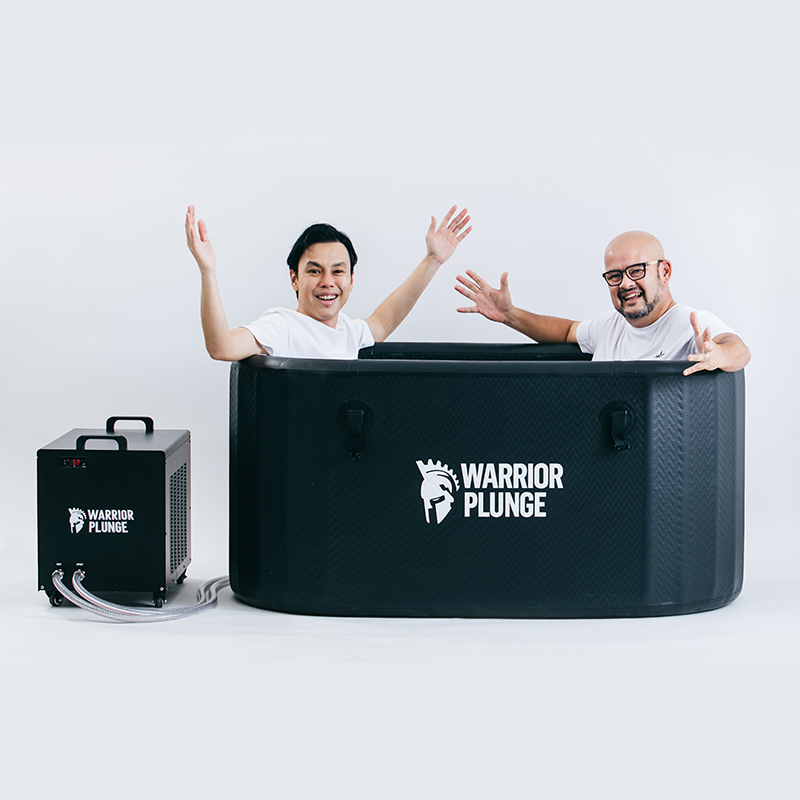
Epsom salt ice bath guide: Enhanced recovery with 250-300g salt at 10-15°C. Benefits, safety tips, and step-by-step protocols for optimal results.
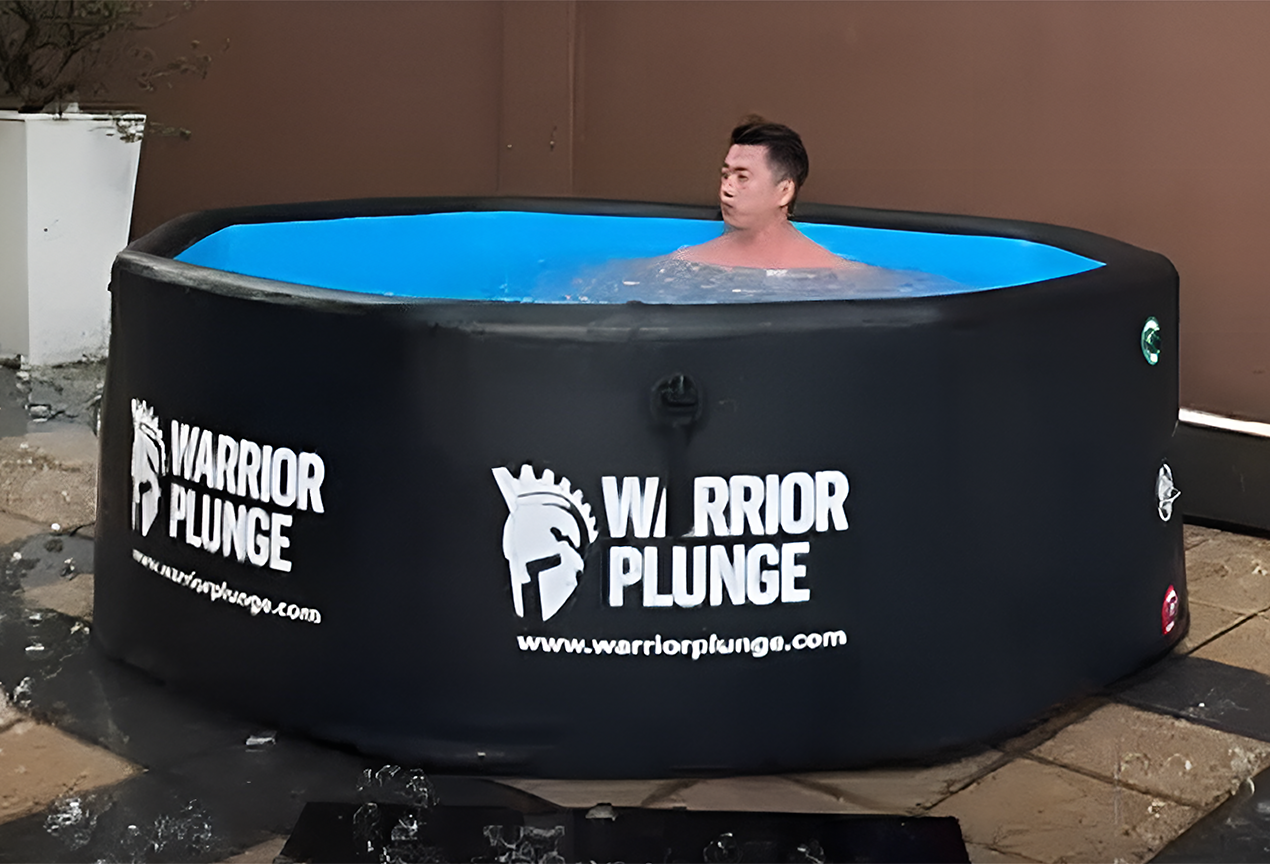
Discover how to pick the best cold plunge & sauna experience in Malaysia. Learn the key checklist: hygiene, staff, equipment, temperature & safety.
